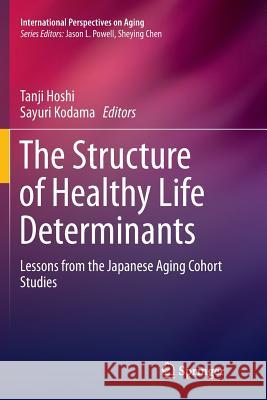The Structure of Healthy Life Determinants: Lessons from the Japanese Aging Cohort Studies » książka
topmenu
The Structure of Healthy Life Determinants: Lessons from the Japanese Aging Cohort Studies
ISBN-13: 9789811349188 / Angielski / Miękka / 2019 / 196 str.
The Structure of Healthy Life Determinants: Lessons from the Japanese Aging Cohort Studies
ISBN-13: 9789811349188 / Angielski / Miękka / 2019 / 196 str.
cena 322,01
(netto: 306,68 VAT: 5%)
Najniższa cena z 30 dni: 308,41
(netto: 306,68 VAT: 5%)
Najniższa cena z 30 dni: 308,41
Termin realizacji zamówienia:
ok. 22 dni roboczych
Dostawa w 2026 r.
ok. 22 dni roboczych
Dostawa w 2026 r.
Darmowa dostawa!
Kategorie:
Kategorie BISAC:
Wydawca:
Springer
Seria wydawnicza:
Język:
Angielski
ISBN-13:
9789811349188
Rok wydania:
2019
Wydanie:
Softcover Repri
Ilość stron:
196
Waga:
0.30 kg
Wymiary:
23.39 x 15.6 x 1.14
Oprawa:
Miękka
Wolumenów:
01
Dodatkowe informacje:
Wydanie ilustrowane











